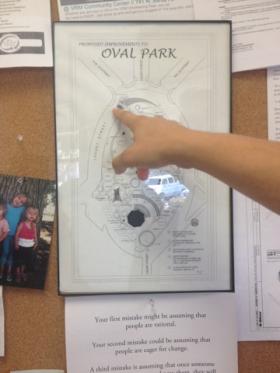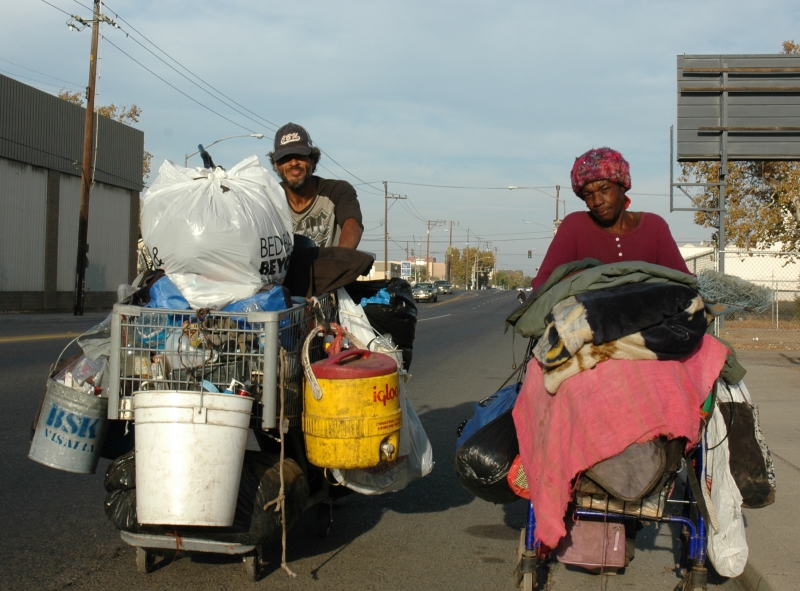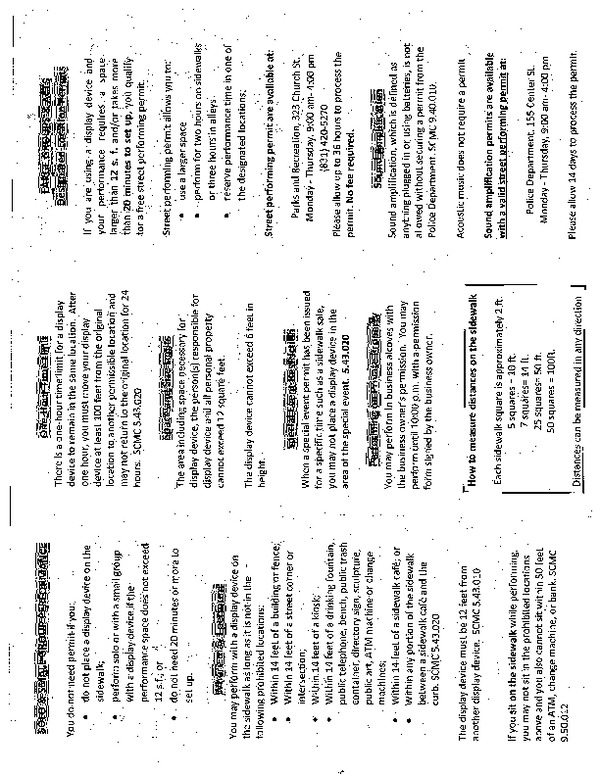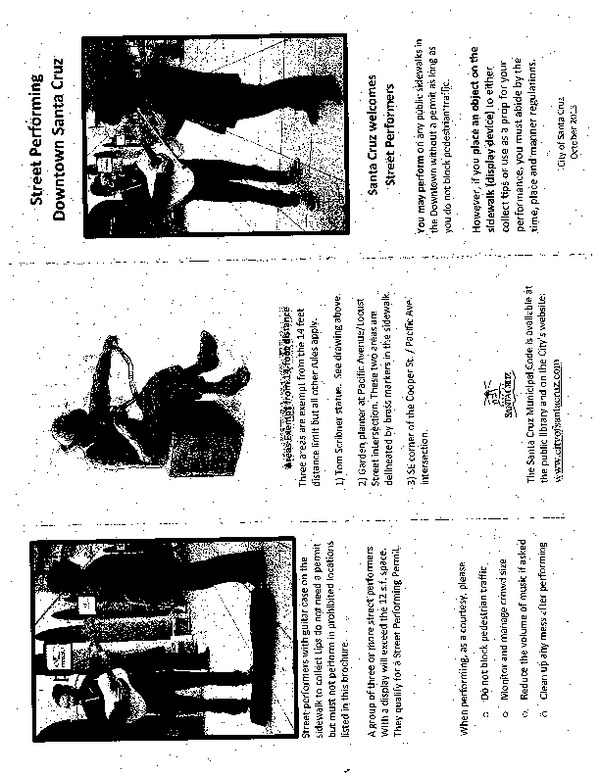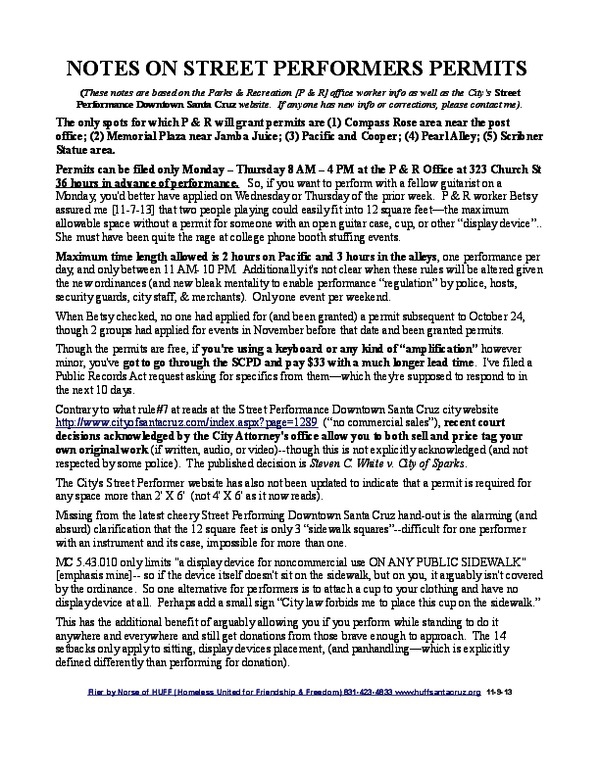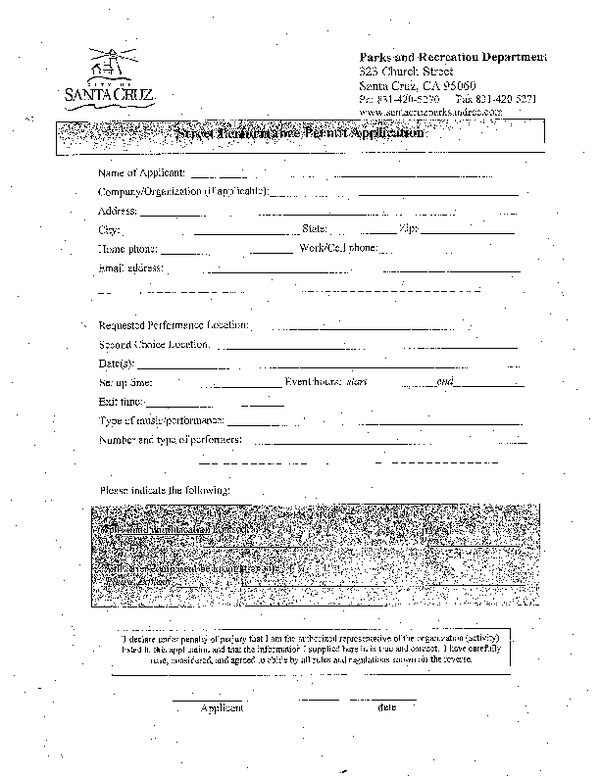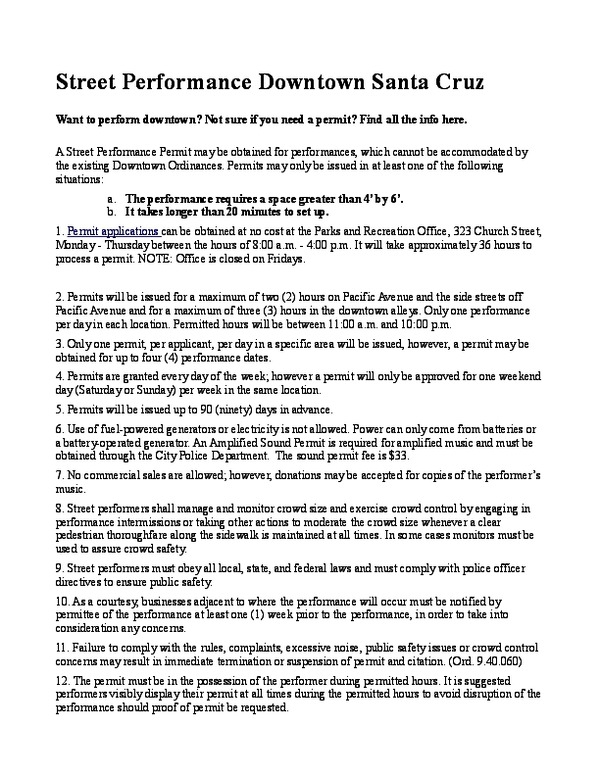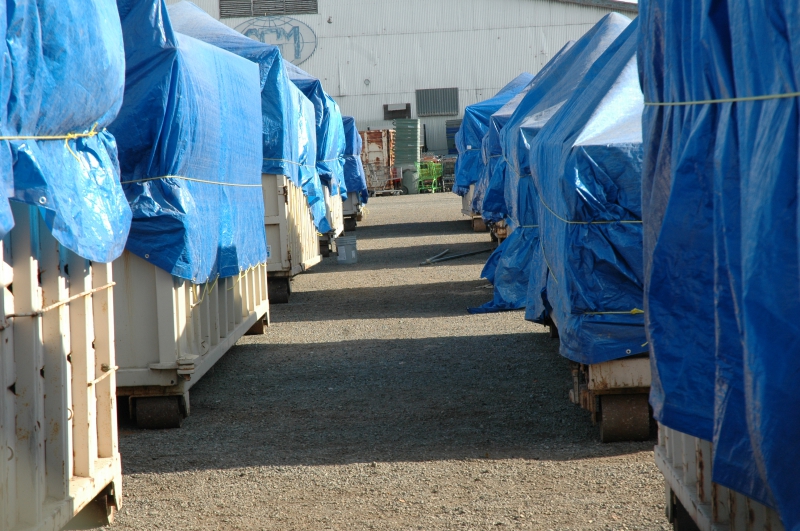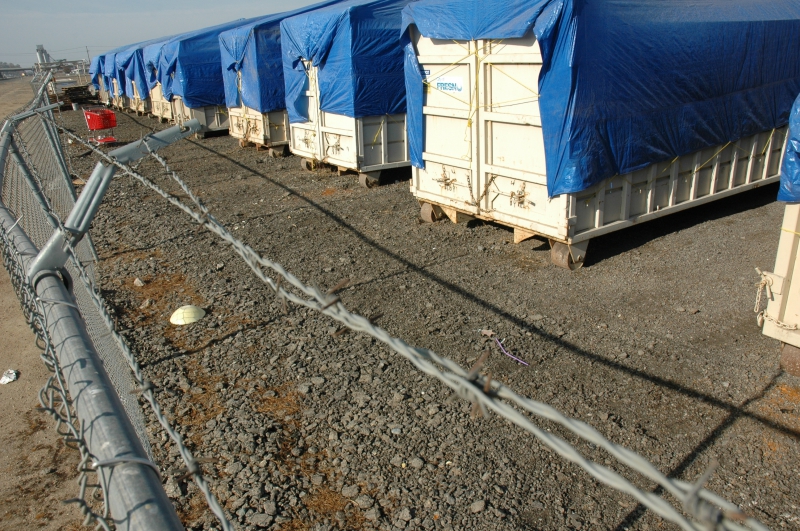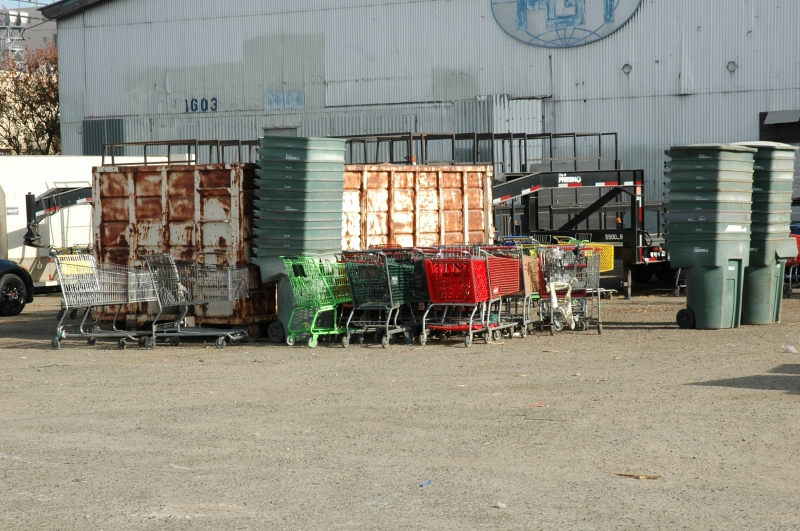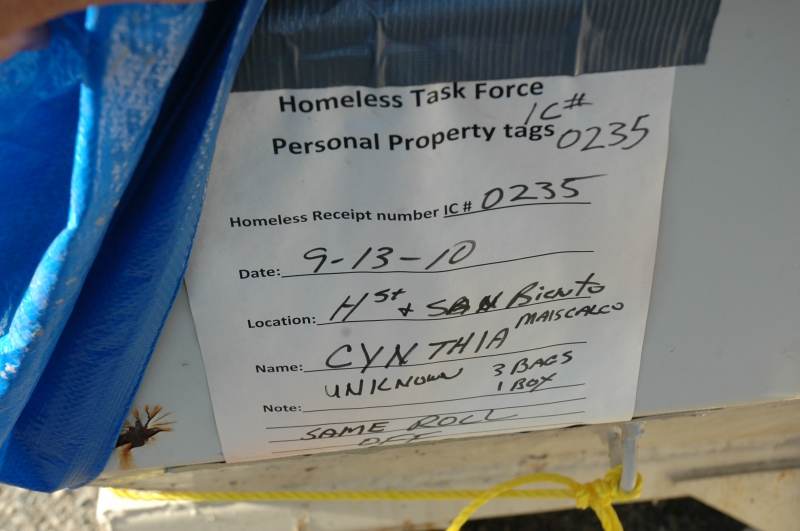NOTES BY NORSE: The same cold-blooded methodical destruction of homeless survival camps is happening in Santa Cruz, night after night, week after week, month after month.
NOVEMBER 19, 2013
What Happened To The People Displaced By Fresno’s Homeless Camp Destructions?
For almost a year, Nancy Holmes and Sinamon Blake were neighbors in a homeless encampment in downtown Fresno.
But city employees bulldozed their camp a few weeks ago, in an effort to rid the city of illegal structures. The two friends, and the other residents of their camp, scattered. Nancy and Sinamon ended up on a huge, dusty piece of land outside the city’s jurisdiction.
“I didn’t care for the path that Sinamon found us, but damn, we were safe,” says Nancy, 61, a borderline diabetic with asthma.
She lasted there for about two weeks.
“You blow your nose in the morning, and you have a mud pile,” she recalls.
Since then, Nancy and Sinamon have taken separate paths toward survival. Their current living situations shine a light on the housing options available to Fresno’s homeless, now that the city is cracking down on encampments.
I met Nancy last week at a house on Dakota Avenue, where she’s lived for about a week now. The Dakota Eco Garden, as it’s known, is the brainchild of local homeless advocates.
Currently, two people live inside the home, and one is in her tent on a raised platform in the backyard. A fourth is in a small, eco structure designed by architect Art Dyson that generates its own heat and air conditioning. The backyard has a huge fruit and vegetable garden.
“I have high hopes for the people who live here, eating a lot of the food from the garden and lowering their food costs,” says homeless activist Nancy Waidtlow.
After living in a tent for almost a year, Nancy Holmes says she feels saved.
“I can take a shower, wash my clothes, eat food, any put my food in the fridge,” she says. “It’s between heaven and hell… Hell is out there in the dirt.”
For the first time in years, Nancy finally feels like she’s back on solid ground.
“I guess you can say living in a motel you’re homeless, but we had showers, we had a stove to cook on, things like that,” she says.
Before she landed on the streets, Nancy moved from motel to motel with her daughter and grandson.=
“My daughter is a prostitute. I had food stamps, she would pay the rent and I would buy the food,” she says.
Years ago, she says, she cooked at area restaurants and hotels, and then worked as a security guard at the Fresno Art Museum.
She hasn’t worked since 2006, when she lost her security job, and later had two heart attacks.
Today, she says she’s found a new calling. I ask her if she still considers herself homeless.
“No, I consider myself a homeless advocate now, someone that’s there to help,” she says.
She pauses, and a smile comes over her face. We’re sitting on lawn chairs, and she points toward a flower garden.
“How sweet, a hummingbird!” she exclaims. “Sinamon would love that.”
The next day, I join Nancy and two homeless advocates to visit Sinamon. The dusty field is a stark contrast to the Eco Garden. It doesn’t look like a hummingbird – or a human – could survive here.
Soon, Nancy spots the make-shift structure that she shared with Sinamon and her dogs. Sinamon had been in the nearby canal, and was soaking wet. She met us at her camp, a sprawling structure that’s ingenuously made from tarps and other found items. She’s built a living room, kitchen and bedroom.
“We’re out of view of the freeway, and far away from the street,” she says. “We’re out of view of the public, which is what the City seems to be pushing so hard, that they don’t want to see us.”
The location is remote, but it has a huge asset: Running water. Sinamon led us down to the canal. Then she waded in to scrub the dust off the fur of her biggest dog, Sheba.
“Even if there were nicer places that had grass, or had other things going for it, I would pick this, because running water is life,” Sinamon says.
Sinamon says she’s been homeless most of her life. She grew up relying on welfare, school lunches, and free snacks from rec centers.
She has, she says, “a lot of memories of blanketless or sheetless beds, a mattress in the corner of the room, and about 8 or 12 kids sleeping and sharing that bed.”
Why, then, I ask her, didn’t she want to move into the Eco Home with Nancy? One reason, she says, is she couldn’t take all of her dogs, who she loves like daughters. She says she values freedom for herself, and her dogs.
“I didn’t raise them like that, to sit in the corner, and wait to fetch,” she says. “I taught them to roam around, keep an eye on things, and run and be alive. She doesn’t have the space for that.”
To an outsider, it might be tough to see Sinamon living alone like this. But she says she’s less likely to get raped, robbed or jumped here, than in other areas where the homeless stay.
“It’s safer out there than it is to sleep in the doorway of a business downtown, or anywhere in town, actually,” she says. “It’s safer here than it is to sleep at Roeding Park, or Woodward Park, or Kearney Park, or any of the missions.”
As we say goodbye, Nancy, Sinamon and the homeless advocates point out to me the taller buildings of downtown Fresno. They can make out the women’s old encampment. It was a reminder that these women’s homeless journeys could be long from over.
Fourth Fresno Homeless Camp, Considered A ‘Neighborhood’ By Residents, Is Razed
Cinnamon has lived in a make-shift structure near the grain silos, west of Palm Avenue and H Street, for more than two years.
She says the homeless encampment there is different from others that have cropped up in downtown Fresno.
“We’re not a camp, we’re a neighborhood, a family,” she said. “We all look out for each other.”
The encampment has rules. For example, the residents decide – together – if a new person could move in.
“We’re not supposed to do anything that intrudes on your neighbor,” she said. “We’re not supposed to take from your neighbor.
When it comes to anything that affects each other, we’re all supposed to agree on it.”
This morning, Cinnamon and other residents agreed on something else: Despite the city’s order to clear the homeless encampment, they didn’t want to leave. They also didn’t have a choice.
Over the last two months, City of Fresno employees have dismantled three homeless encampments in downtown Fresno. This would be the fourth to go.
Tears streamed down Cinnamon’s face as she wondered aloud how she’d pack up all her belongings, or where she’d go. A friend handed her a mug of coffee that had been cooked over a small fire.
“It’s not a clean-up, it’s a lock out,” she said. “They call us homeless – it’s true, we have less of a home, by their standards, but this is a home, this is where I rest my head, this is where I kept my food, this is where I was safe, and I had a sanctuary, at least for a moment.”
Across the railroad tracks, city workers began bulldozing the remnants of a nearby encampment.
“We’ve certainly done enough of these now,” said city spokesman Michael Lukens. “We are doing it by the book, we are doing it the way we are supposed to. We’re going in, we’re packing belongings, if people want to keep them, we’re going to document them, we’re storing them as we’re required to do, we’re trying to do everything we can to work with these folks, and we need to take the illegal structures down.”
He stressed that the goal of this clean-up, and past ones, is to rid the city of camp structures, which are considered to be public health and safety threats.
“We’re aware that people will still be on the streets, and there’s not enough housing, we just want to make sure these structures don’t come back up,” he said.
About a dozen homeless advocates were prepared to resist the destruction of the camp where Cinnamon lived, including Dixie Salazar.
“It was the last encampment, the last stand, and we were willing to stand between the bulldozers, if they were coming,” she said.
But by mid-morning, it looked as though the act of civil disobedience might not be necessary. Camp residents were generally complying with orders to pack up their belongings.
“I was ready to get arrested, if that’s what it took to try to keep them from harming these people,” she said. “The people have been harmed by these clean-ups, or destructions – that’s what they are.”
Nancy Holmes fears the harm she could face once she’s back on the streets – wherever she ends up. She’s lived in the camp for eight months, and says her neighbors protect her.
“I spent a couple nights in Roeding Park, and that was the most frightened I’ve ever been,” Holmes said. “I’ve had the safety of my neighbors, and now we don’t, so I don’t know what’s going to happen.”
City spokesman Mike Lukens expects this to be the last encampment that workers dismantle. In an e-mail, he said a city taskforce is working to ensure illegal structures don’t return. The taskforce will strive to discover and deal with the structures
before they become full-blown encampments, he said.
As Homeless Camps Are Dismantled, Street Pastor Soldiers On
On Monday morning, Pastor Ray Polk comforted a man who was packing up everything he owned.
“You alright?” Polk asked. As the man expressed his pain and frustration, Polk replied, “I know, I know, I know, we got to keep going forward.”
Along H Street in Downtown Fresno, the homeless were stuffing their possessions into plastic bags and shopping carts, as city workers bulldozed and raked the debris left behind.
Yesterday, City of Fresno workers dismantled the third homeless encampment in three weeks. Overall, the effort has displaced a total of about 250 people.
It’s part of the city’s efforts to rid Fresno of permanent homeless camps, which officials say are a health and safety threat. They say the goal is to connect people with housing and services.
But Polk said he wouldn’t take down the street church he constructed in the camp.
“They told me I would have to dismantle it myself and if not, they will bulldoze it down,” he said. “So I told them I couldn’t do that, I couldn’t defy God like that, and tear down something that God had me put up.”
The church is made of white slats of wood. Polk has covered them in proverbs and Bible verses. It’s covered with a blue tarp, and contains about 10 white, plastic chairs.
“They make the decision,” he said of city officials. “I would not upon any circumstances take that down.”
He also ran a food distribution from the church. Next to it, he constructed a memorial to the homeless who have died. There are flowers next to each makeshift headstone.
“I figure, I’d take a piece of wood, paint it white, put their names on it, at least they can come and pay tribute to a friend or loved one, even if it’s just once a year on Memorial Day,” he said.
On Monday afternoon, city spokesman Michael Lukens said the memorial could remain, but that the church would be put into storage.
It’s not the first time that Polk, and the homeless he serves, have been displaced. But this time, Lukens says, they city has formed a task force to ensure that the camps don’t re-emerge.
“We’re making every effort, certainly more than we have in the past, to make sure we’re on top of making sure structures don’t come back up and encampments don’t return,” Lukens says.
He says the city is working with local agencies, like the Housing Authority, to find people housing.
But 28-year-old Lena Richardson has no idea where she’ll live now. She had lived in the camp for six months. Yesterday, she stood on the side of the road with her dog, Princess.
A shopping cart contained her belongings: “My tent, my blankets, my batteries, my solar panels so I can have electricity, that’s about it.”
She said she felt puzzled, confused, and sick.
“What if they woke up the next day and then don’t know where they’re going?” she asked. “That’s depressing.”
That’s where Pastor Polk comes in. He says he’ll still be there to provide spiritual support to the homeless.
His role he said, is “comforting my brothers and sisters, hugging and embracing them while they cry, and try to uplift their spirits
like I always have done, and try to continue to give hope where hopelessness has filled.”
Lukens says the city might demolish one more camp in the next 30 days.
Visalia’s Oval Park, Ground Zero For Homelessness
This century old public space has dealt with issues of alcohol, drugs and homelessness since its inception, according to Ryan Stillwater.
“I’ve got a stack of old newspapers articles and some old photos and apparently it has always been a real problem,” Stillwater says. “It was referred to a sheep pen a number of times, a trash heap.”
He was hired by the Visalia Rescue Mission two months ago to reinvent the park. His initiative will launch in the coming months as ovalpark.org.
“I got this quote on my board from 1893 where someone had wrote in and said the park project is a good one, everyone should lend a hand and be interested in it,” Stillwater says. “So it’s always had this unfinished project mindset.”
And that is why the city and organizations like the Visalia Rescue Mission have banded together to curb the issue. A shopping cart ordinance went into effect on October 7. The ordinance forces anyone with a cart outside of the bounds of a shopping center to turn it over to authorities. Come December stores will be fined $50 for every cart found on the streets.
Under the new law, any homeless person found with a cart will be given a bag for their belongings. They’ll also have the option of storing their goods in a trailer at the Visalia Rescue Mission. Since the ordinance went into effect, 30 carts have been confiscated from homeless people and over 100 carts have been corralled city-wide.
Jessica Cavale is the director of development with the mission. She says the condition of Lincoln Oval Park helped spur the community to take action.
“Previous to the shopping cart ordinance it was filled with shopping carts and homeless people, prostitution, the police are always out there, and recently the city council has realized like, hey, we need to enact some step,” Cavale says.
Visalia Mayor Amy Shuklian says that working with non-profit organizations will be key to revitalizing the area. She estimates there about 1,000 homeless people in Visalia.=
“It’s gotten to the point where enough is enough,” Shuklian says. “The citizens are noticing it, it’s creeping more into the downtown and outlying areas and so we’re working on something’s that will help manage the situation.”
A five tier plan to revitalize the park was submitted to the Visalia City Council earlier this month. The council requested more information about the cost of the plan. The improvements include a new playground, security cameras, a walking path circling the park, an amphitheater, and an iron fence on the busiest side of the park. Restrooms which were once a venue for crime have now been demolished.
Ryan Stillwater’s office is in a building at the park that the rescue mission has remodeled into an event center. The mission leases the building from the city for one dollar a year. Stillwater’s main goal isn’t to serve the homeless population but to slowly change the park’s culture by producing events.
“My main job is not to act as a case manager; it is really to focus on bringing a positive influence to the park and to change its reputation,” Stillwater says. “We’ve considered rebranding it, but we decided we rather redeem Oval Park.”
But the homeless in the city are skeptical about impending changes. Eric got out of prison three months ago and now calls the park home.
“This park changing – you can’t change the park you got to change the people in it,” Eric says.
That’s where Ryan Stillwater comes in.
“Fortunately with the restrooms being torn down, the shopping cart ordinance going into effect,” Stillwater says. “What that’s doing – at least my hope – is there is a less of a convenience to be.”
And by doing that, the Rescue Mission hopes that those living on the streets of Visalia will make their way to the mission for food and what they call restoration.
“We don’t hope that they are moved out somewhere else, we hope that they are moved down to the rescue mission where we have a new community center that opened last September,” Cavale says.
Mayor Shuklian says Visalia is at the beginning stages of change, but the rapport they have with the homeless and community organizations is vital.
Shuklian says she hopes to see homelessness reduced “to a manageable way so that it doesn’t interfere with the quality of life of all Visalians.”
She also says the city and Rescue Mission will launch a campaign later this year educating the public on best practices on homelessness.

